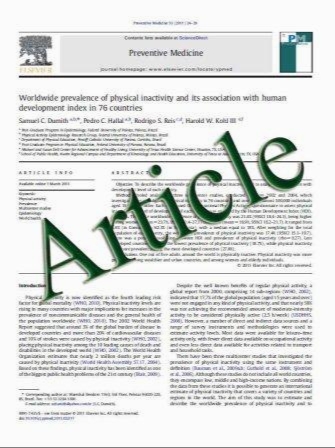Modulation of lipid peroxidation and mitochondrial function improves neuropathology in Huntington’s disease mice
- نوع فایل : کتاب
- زبان : انگلیسی
- مؤلف : Junghee Lee Bela Kosaras Steve J. Del Signore Kerry Cormier Ann McKee Rajiv R. Ratan Neil W. Kowall Hoon Ryu
- چاپ و سال / کشور: 2010
Description
Huntington’s disease (HD) is an autosomal dominant neurodegenerative disorder. Oxidative damage has been associated with pathological neuronal loss in HD. The therapeutic modulation of oxidative stress and mitochondrial function using low molecular weight compounds may be an important strategy for delaying the onset and slowing the progression of HD. In the present study, we found a marked increase of 4-hydroxy-2-nonenal (4-HNE) adducts, a lipid peroxidation marker, in the caudate and putamen of HD brains and in the striatum of HD mice. Notably, 4-HNE immunoreactivity was colocalized with mutant huntingtin inclusions in the striatal neurons of R6/2 HD mice. Administration of nordihydroguaiaretic acid (NDGA), an antioxidant that functions by inhibiting lipid peroxidation, markedly reduced 4-HNE adduct formation in the nuclear inclusions of R6/2 striatal neurons. NDGA also protected cultured neurons against oxidative stressinduced cell death by improving ATP generation and mitochondrial morphology and function. In addition, NDGA restored mitochondrial membrane potential, mitochondrial structure, and synapse structure in the striatum of R6/2 mice and increased their lifespan. The present findings suggest that further therapeutic studies using NDGA are warranted in HD and other neurodegenerative diseases characterized by increased oxidative stress and altered mitochondrial function.
Acta Neuropathol (2011) 121:487–498 DOI 10.1007/s00401-010-0788-5 Received: 23 May 2010 / Revised: 21 November 2010 / Accepted: 2 December 2010 / Published online: 16 December 2010


